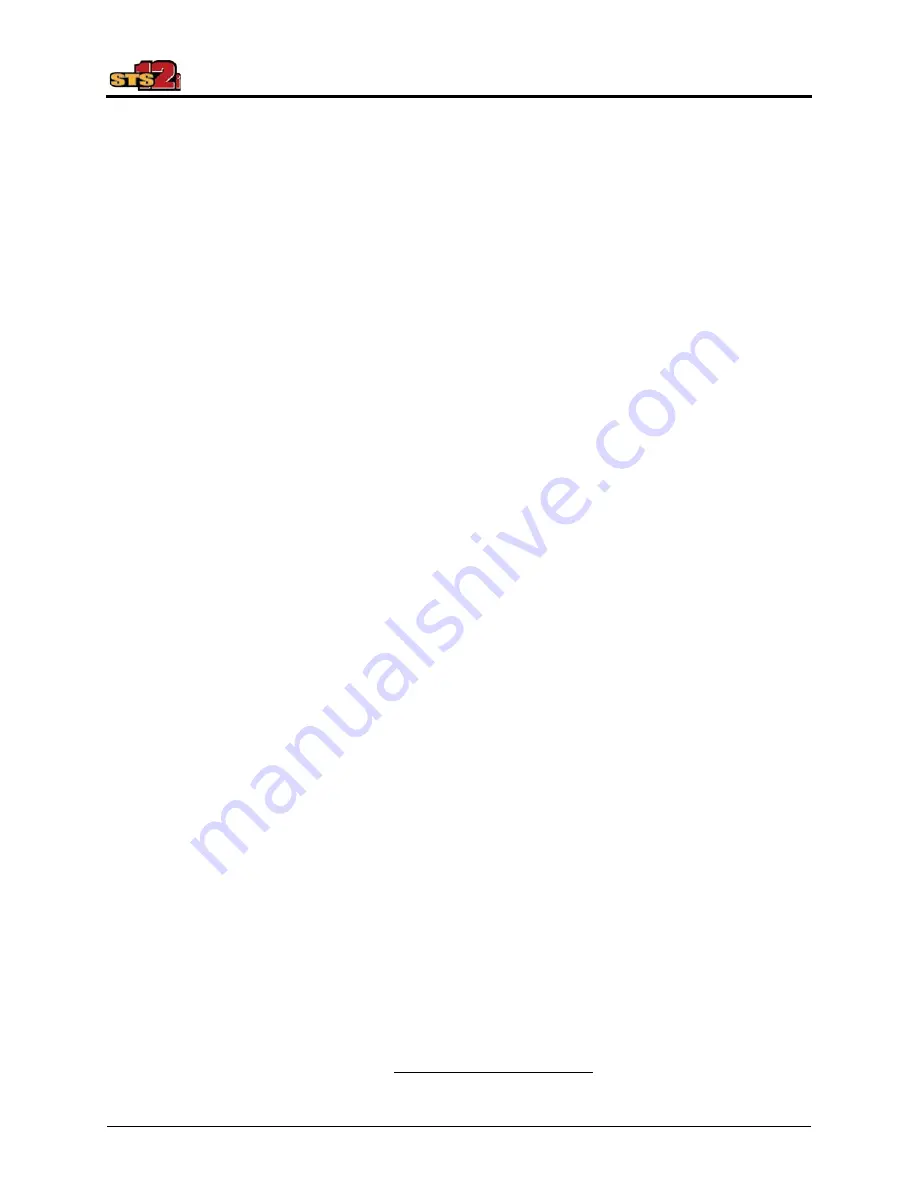
7-58
SECTION 7 –
SPRAY SYSTEMS
Determine the speed in which the sprayer
will travel when applying chemicals. To
select the best speed, consider the lay of the
land, condition of the soil, type of crop,
height of crop, etc.
Remember that the performance of the
nozzles (spray tips) and spray system are
dependent on the performance of the
operator. If the spray system is operated
within set parameters of the nozzle type and
spray system console, you will see greater
success with your application. Operating the
machine one or two miles per hour (1.6 to 3.2
km/h) faster or slower than intended can
greatly change the pressure and droplet size.
Select nozzle spacing (distance between
each nozzle on the spray boom) that is best
suited for the intended spray application. For
recommendation in determining nozzle
spacing and height of the boom, visit
www.teejet.com for further information.
There are various types and sizes of
nozzles. Select and install the appropriate
nozzle best suited for the intended spray
application. The type of nozzle will depend
on the product being applied and the type of
crop that it is being used on. The size of
nozzles selected will be based on the speed in
which the machine will travel, nozzle
spacing, desired droplet size, and the number
of gallons per acre (GPA)/liters per hectare
(l/ha) that will be applied.
Nozzle Selection
There are several things to consider when
selecting the correct nozzle type for the
intended spray application. Whatever your
personal preference is, ensure that the nozzle
complies with the chemical manufacturer’s
standards for spray control and also any
environmental standards for your region.
NOTE: Certain regions may have
restrictions on drift control.
Once you have selected the type of nozzle,
you must choose the size of the nozzle. There
are three main things to consider when
choosing a nozzle size:
1. Recommendation of GPA (l/ha).
2. The speed in which you intend to travel
when applying chemical and nozzle
spacing (distance between nozzles).
3. Spray Tip size (refer to the following
example on how to select a proper tip
size).
The following Application Rate Chart
provides tabulations based on spraying water.
When spraying liquids other than water, you
will need to use a conversion factor to
configure the appropriate application rates.
Example of how to choose the proper
nozzle:
Joe is spraying 28% nitrogen. The
chemical manufacturer recommends that the
chemical be applied at 20 gallons per acre
(GPA)/187 liters per hectare (l/ha). Joe
knows that he can run his sprayer at 10 mph
(16 km/h) across the field. He has 20-inch
(50 cm) nozzle spacing on his booms. Joe has
narrowed his tip search to flat spray tips.
Use the following conversion formula:
•
20 GPA (187 l/ha) (liquid other than
water) x 1.13 (conversion factor) =
22.6 GPA (211.3 l/ha) (water).
Joe determined that he needs an
application rate of 22.6 GPA (211.3 l/ha) to
select the correct nozzle to apply 28%
nitrogen at 20 GPA (187 l/ha).
To determine which nozzle is better for his
intended use, Joe needs to figure out the
gallons per minute (GPM)/liters per minute
(l/min) each nozzle needs to spray.
GPM =
GPA x MPH x Nozzle Spacing
5940 (Constant)
Summary of Contents for STS12i Combo
Page 276: ......
















































